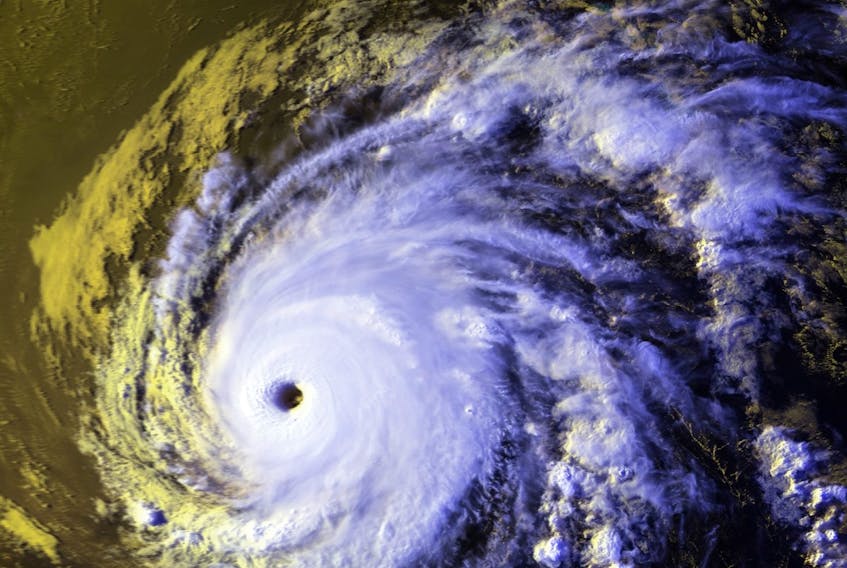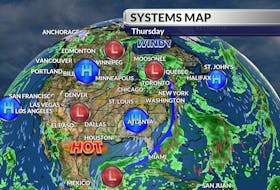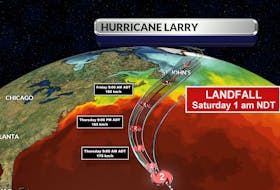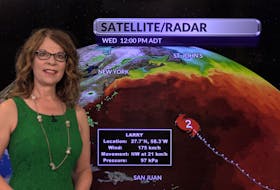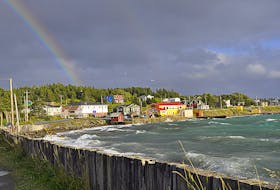More than a week has passed since Dorian left Canadian waters. The deadly Category 5 hurricane captured the attention of the world when it slammed into Grand Bahamas then sat there for what seemed like an eternity.
While Dorian did make landfall in Atlantic Canada and some were – and still are – dealing with cleanup, I think we can say that, overall, we were quite lucky.
There were many questions in the days that followed the storm. Kevin Meade reached out on Facebook, wanting to know if Dorian was up there with the longest-lasting tropical cyclones of all time.
Most hurricanes follow a similar cycle of development, called a hurricane life cycle. These life cycles may run their course in as little as a couple of days or last as long as a month.
Dorian formed on Aug. 24 and dissipated on Sept. 10, for a total of 18 days. Now imagine a storm lasting a month; it has happened.
Hurricane John, also known as Typhoon John formed Aug. 11, 1994 and dissipated on Sept. 10 – four weeks and two days. Throughout its existence, John followed a 13,000-km path from the eastern Pacific to the western Pacific and back to the central Pacific, lasting 31 days in total. Because it existed in both the eastern and western Pacific, John was one of a small number of tropical cyclones to be designated as both a hurricane and a typhoon. Despite lasting a full month, John barely affected land at all, bringing only minimal effects to the Hawaiian Islands and the United States military base on Johnston Atoll. Its remnants eventually reached Alaska.
There you have it, Kevin. Hurricane John, also known as Typhoon John, was both the longest-lasting and the farthest-travelling tropical cyclone ever observed.
Want more weather information? Visit your weather page.
- Have a weather question, photo or drawing to share with Cindy Day? Email weathermail@weatherbyday.ca
Cindy Day is the chief meteorologist for SaltWire Network.

